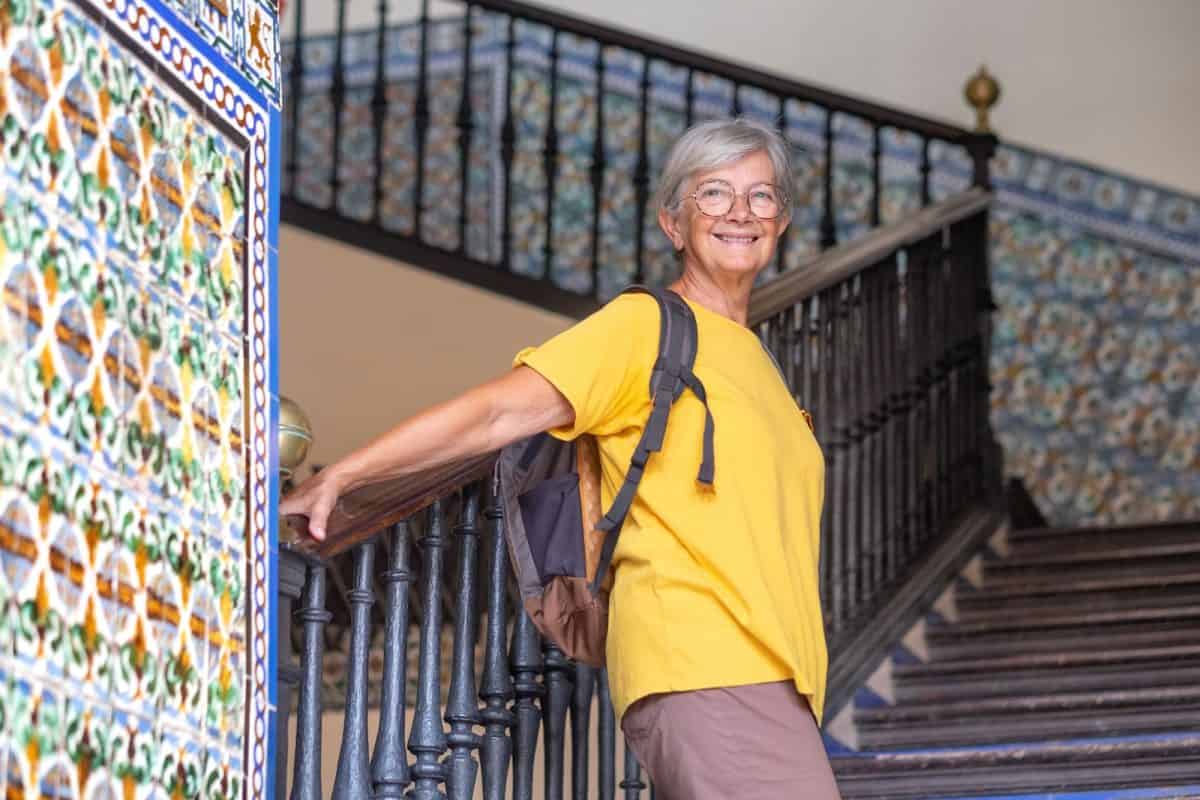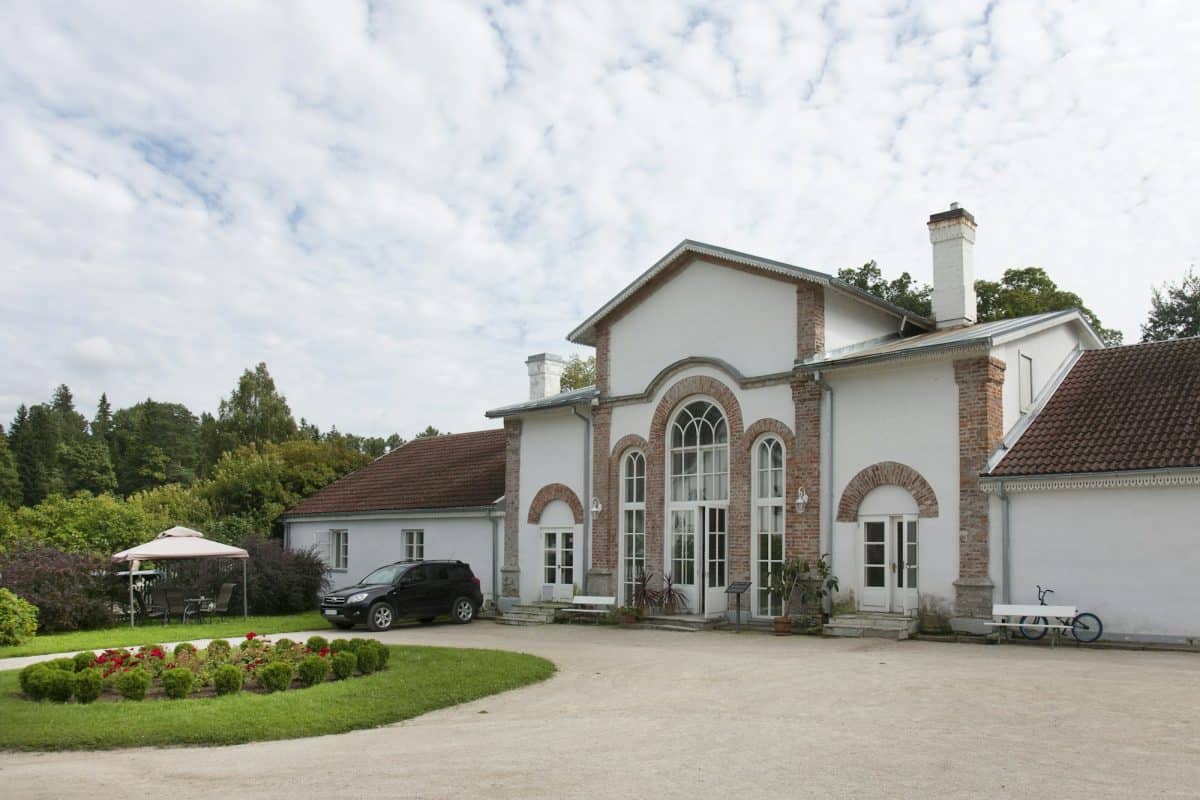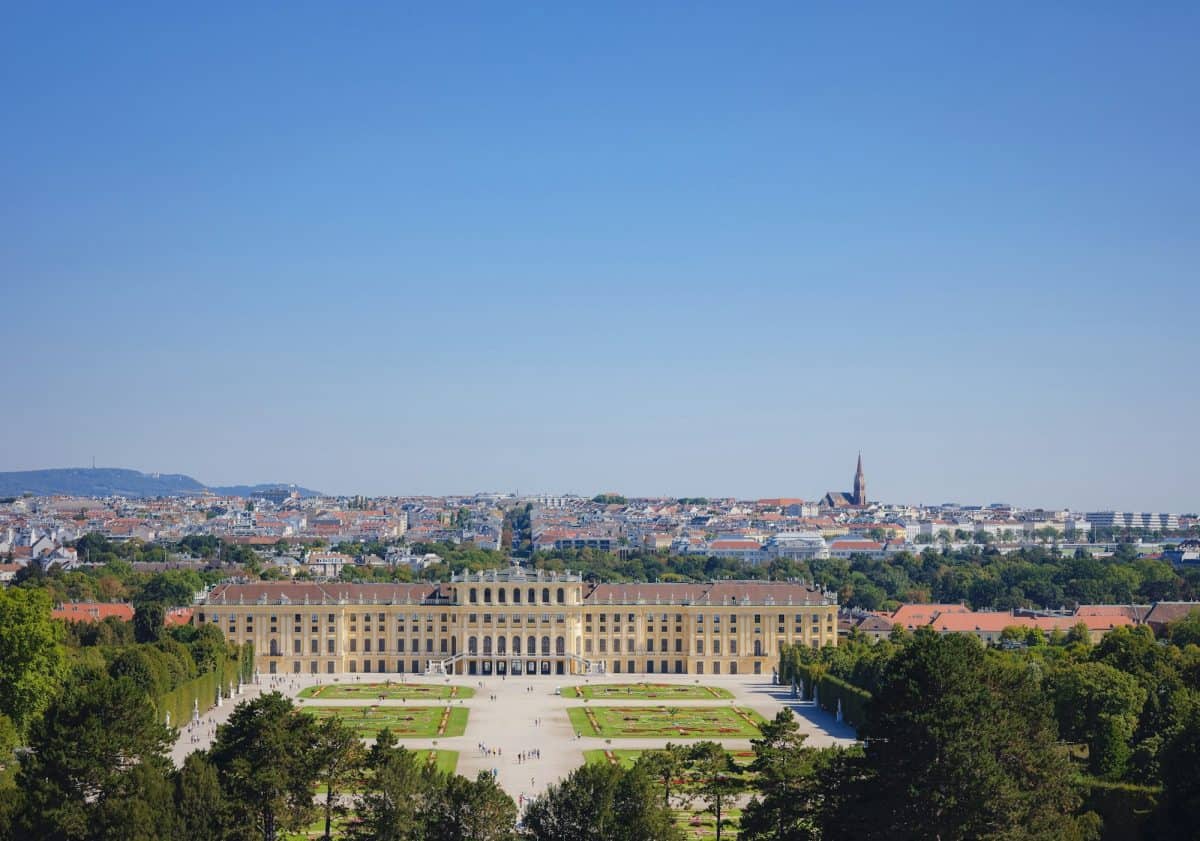Investing in a tourist residence allows you to diversify your real estate assets while benefiting from several tax advantages. By opting for this type of investment, you can enjoy an attractive yield, often higher than that of traditional rentals, thanks to strong tourist demand. Owners can also occupy their property for part of the year, adding a personal and practical dimension to the investment.
The tax advantages are among the main attractions, with the possibility to recover VAT on the purchase price and benefit from the tax regime LMNP (Non-Professional Furnished Rental) or LMP (Professional Furnished Rental). These schemes allow for interesting deductions on rental income.
However, it is crucial to understand the constraints of rental management and the associated financial risks, particularly the fluctuations in the tourist market. A thorough study and consultation with experts are essential to maximize profitability and minimize risks.
To succeed in your project, it is recommended to follow key steps such as selecting the right location, choosing between cash purchase or mortgage, and conducting a personalized study. Ultimately, selecting the right tax status and staying informed about market developments are essential steps to ensure a successful investment in a tourist residence.
What is a tourist residence?
Definition and characteristics of a tourist residence
A tourist residence is a commercial establishment offering furnished accommodations for tourists for short or long stays. Classified by prefectural order, it generally has apartments or houses equipped to ensure the occupants’ autonomy. Tourist residences are often located in attractive areas, such as seaside resorts, mountains, or historic city centers. They also offer various services such as reception, cleaning, and sometimes leisure facilities like a pool or a gym.
Types of accommodations available in a tourist residence
Tourist residences offer a variety of types of accommodations to meet different traveler needs. They mainly include:
- Studios: perfect for short stays alone or as a couple.
- One to three-bedroom apartments: ideal for families or groups of friends.
- Houses or villas: offering more space and often some privacy, suitable for extended stays.
Each type of accommodation is furnished and equipped to allow residents to cook and live comfortably during their stay. This generally includes a kitchenette, a private bathroom, and sometimes a balcony or terrace 😊.
Difference between tourist residences, guest rooms, and furnished rentals
It is essential to understand the difference between a tourist residence, a guest room, and a furnished rental to make an informed choice.
- Tourist residences: These are establishments managed by professionals offering multiple units of accommodation with included services. The accommodations are self-contained with a fully equipped kitchen and often benefit from shared facilities like pools or gyms.
- Guest rooms: These accommodations are offered by individuals who host travelers in their home. The rooms are furnished but may not always have a private kitchen. Breakfast is generally included, and interactions with the hosts are an integral part of the stay.
- Furnished rentals: This term refers to any furnished accommodation rented out for short periods to tourists without additional services such as daily cleaning or reception found in tourist residences. They can be managed by individuals or agencies.
When choosing your type of accommodation, consider the level of service desired and the type of experience you wish to have during your stay.

Advantages of investing in a tourist residence
Yield and profitability of tourist residences
One of the main attractions of investing in a tourist residence is the high yield it can offer. Generally, tourist residences display higher occupancy rates than regular rentals, particularly due to their appeal to vacationers. This type of investment allows for regular rental income, often guaranteed by a commercial lease signed with a professional manager. The income generated can be higher than that of a traditional property due to nightly or weekly pricing.
Tax advantages related to investment in tourist residence
The tax advantages are a significant aspect of investing in a tourist residence. Purchasing an accommodation in a tourist residence allows you to recover VAT on the acquisition amount, which is 20% of the purchase price. By opting for the LMNP (Non-Professional Furnished Rental) or LMP (Professional Furnished Rental) status, investors can benefit from favorable taxation with deductions on rental income, such as accounting depreciations, maintenance costs, and financial charges.
Possibility to occupy your apartment in a tourist residence
Investing in a tourist residence does not solely mean generating rental income. Owners often have the opportunity to occupy their property for certain periods of the year. This flexibility allows investors to enjoy their property personally while optimizing its use the rest of the time. This can be particularly interesting for those wishing to combine investment and personal pleasure, for example, by spending a few weeks a year in a sought-after destination without having to search for accommodation.
Growing demand for tourism: a promising market
The tourism sector is experiencing constant growth, making tourist residences a promising investment. With an increase in travel for holidays, business stays, and cultural trips, the demand for this type of accommodation remains high. Residences located in attractive tourist areas particularly benefit from this trend, thus offering investors the potential for real estate appreciation and a stability of rental income in the long term.
Videos
The keys to investing in a tourist residence in the mountains
What are the advantages of managed real estate in the mountains? How to choose your residence? its operator? What are the …
The trap of tourist residences… – Real Estate Investment
FREE TRAINING: 4 Simple Steps To Replace Your Salary With Automated Real Estate Income: …
Disadvantages and risks associated with investment in tourist residence
The constraints related to rental management
Investing in a tourist residence often involves signing a commercial lease with a professional manager. Although this solution has advantages in terms of management, it also comes with constraints. Owners must accept the conditions imposed by the manager, such as the periods of availability of the property for rental and the costs associated with management services. In case of the manager’s failure, finding a replacement can prove complicated and costly. Dependence on this intermediary can thus pose a barrier for some investors.
Financial risks and fluctuations in the tourist market
Like any real estate investment, investing in a tourist residence carries financial risks. The tourist market is subject to seasonal and cyclical fluctuations. For example, an economic or health crisis can drastically reduce tourist attendance, leading to a decrease in rental income. The resale value of the property can also be affected by these same fluctuations. It is crucial to consider these UNCERTAINTIES and carefully assess the financial stability of the manager before investing.
The tax and social obligations for investors
Investors in tourist residences must comply with several tax and social obligations. Depending on the chosen status, LMNP (Non-Professional Furnished Rental) or LMP (Professional Furnished Rental), the tax rules vary significantly. Rental income must be reported and may be subject to social CONTRIBUTIONS. Recovering VAT on the purchase price involves commitments on the rental duration. Failure to comply with these obligations can result in financial penalties and jeopardize the tax benefits obtained.
Although investing in a tourist residence offers interesting opportunities, it is imperative for investors to be aware of the constraints and associated risks to make informed decisions.

Practical tips for investing in a tourist residence
How to buy in a tourist residence: key steps
Investing in a tourist residence requires following several steps to secure your purchase. Start by defining your budget and financial goals. Then search for residences located in attractive areas with strong tourist demand. Visit several establishments to compare offers and assess the quality of services provided. Once the property is selected, negotiate the purchase conditions and sign a preliminary sales agreement. Don’t forget to check the commercial lease proposed by the manager and the rental management conditions. Finally, visit the notary to finalize the purchase and register your property with the tax authorities.
Financing your investment: cash purchase vs mortgage
Financing an investment in a tourist residence can be done either through a cash purchase or a mortgage. Cash purchase simplifies the process and avoids interest on loans, thus increasing net profitability. However, tying up a significant amount may reduce your liquidity. The mortgage, on the other hand, offers the advantage of leverage, allowing you to invest without mobilizing all your capital. Loan interest can be deducted from rental income, optimizing taxation. Choosing between these options will depend on your personal financial situation and long-term goals.
Selecting the right location to maximize profitability
The choice of location is crucial to maximizing the profitability of a tourist residence. Favor attractive tourist areas such as seaside resorts, mountains, or historic city centers. Analyze the proximity of amenities such as public transport, restaurants, and local attractions. A favored location will ensure a high occupancy rate and stable rental income. Don’t hesitate to consult local market studies to assess tourist demand and economic development prospects before making your decision.
Conducting a personalized study before investing
Before investing in a tourist residence, it is essential to carry out a personalized study to assess the viability of the project. This study should include a complete financial analysis, calculating expected returns, acquisition and operating costs, as well as tax benefits. Also, evaluate the appreciation potential of the property in the long term, taking into account trends in the local real estate market and upcoming urban development projects. Consult experts such as financial advisors, specialized real estate agents, and notaries to obtain informed opinions and secure your investment.
By following these practical tips, you will be better prepared to succeed in your investment in a tourist residence while minimizing associated risks.

Preparing your investment project in a tourist residence
Choosing the tax status: LMNP or LMP?
One of the first decisions to make when preparing your investment in a tourist residence is to choose the appropriate tax status. Two main options are available: LMNP (Non-Professional Furnished Rental) and LMP (Professional Furnished Rental).
- LMNP: This status is accessible if your annual rental income does not exceed 23,000 euros or accounts for more than half of your total income. It allows you to benefit from the micro-BIC regime, offering a flat-rate deduction on rental income, or the real regime, allowing you to deduct charges and depreciations.
- LMP: This status applies when your rental income exceeds 23,000 euros per year and represents more than half of your total income. The LMP regime offers additional tax benefits, such as exemptions on capital gains after five years of activity and better social protection, but also entails stricter accounting obligations.
The choice between LMNP and LMP will therefore primarily depend on your level of rental income and financial goals. Take the time to analyze these two statuses to determine which one best fits your situation.
Calculating tax advantages and possible deductions
Investing in a tourist residence allows for several interesting tax advantages. It is crucial to accurately calculate these benefits to optimize your profitability. Among the available options:
- Recovery of VAT: If you opt for a commercial lease with para-hotel services (breakfast, daily cleaning, reception), you can recover VAT on the purchase price of the property.
- Depreciations: By choosing the real regime (LMNP or LMP), you can depreciate the cost of the property, furniture, and renovation work, thereby reducing your taxable income.
- Deductible expenses: Expenses related to maintenance, repairs, loan interests, and management fees can be deducted from rental income, thus reducing the taxable base.
It is recommended to use tax simulators or consult a specialized accountant in rental real estate to perform these calculations and maximize potential deductions.
Consulting experts and keeping up with market news
Preparing an investment project in a tourist residence involves consulting experts and regularly keeping up with news in the real estate market. Engaging a financial advisor, specialized real estate agent, or notary can provide valuable advice on the legal, tax, and financial aspects of your investment.
It is essential to stay informed about trends in the tourist and real estate markets to adjust your investment strategy. Subscribe to specialized newsletters, participate in forums and events dedicated to rental real estate, and regularly read economic publications.
By integrating these practices into your decision-making process, you will increase your chances of success and be better prepared to navigate the complex but promising world of tourist residences.
Finalizing your investment in a tourist residence
Investing in a tourist residence offers many advantages, ranging from attractive yields to significant tax benefits. However, it is crucial to fully understand the constraints and associated risks to make an informed choice. By following key steps, choosing the right financing, selecting a strategic location, and conducting a personalized study, you will maximize your chances of success.
Selecting the appropriate tax status for your situation, accurately calculating possible tax deductions, and consulting experts to stay informed about market developments are essential steps to optimize your investment. By combining these practices with a methodical and well-documented approach, you will be ready to make the most of your investment project in a tourist residence.